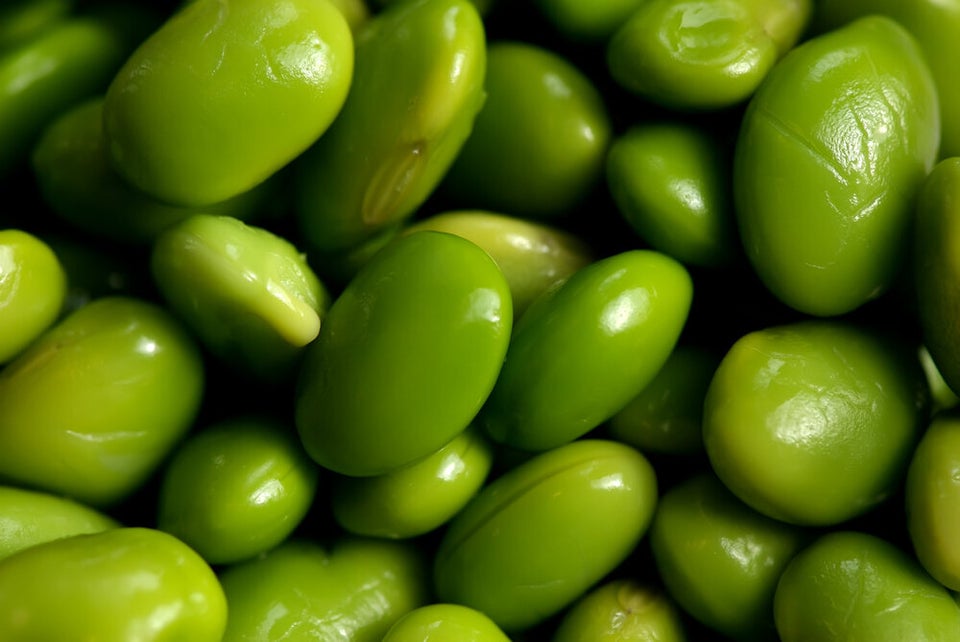One of the biggest myths is that if a food is fat-free it doesn't make you fat. Or, even better, that it makes you slim. While it definitely makes for enticing packaging and alluring marketing, we now know they aren't a golden ticket to weight loss. In fact, they can keep you from reaching those New Year's resolutions.
Filling up with Fillers: Eating fats help us prevent overeating by stimulating the release of leptin and CCK -- hormones in the brain that tell us when we're full. If our meals are devoid of fat, our brain takes much longer to give the "stop eating" signal. Remember, fat adds both flavour and texture (just consider whole eggs versus egg whites). You remove the fat, but end up needing to boost the carbs, sodium, sugar and starch to compensate -- making the food become more and more processed. Not a good recipe for weight loss (or health, for that matter). For example, take a look at full-fat mayonnaise versus low-fat mayonnaise. In the latter, a few ingredients have been added to fill the flavour gap: high fructose corn syrup and/or corn starch. So while you're watching your fat intake and cutting calories, you're packing on pounds and sending your cravings through the roof.
Creeping Up the Calories: When in doubt, look at the nutrition label and serving size. Some foods may be considered fat-free in tiny portions, but if you eat a larger amount, even that small bit of fat per serving adds up. In other cases, the full-fat version and the low-fat alternative contain a similar number of calories. Low-fat ice cream, for example, has 80 calories per scoop, whereas the full-fat version is only 95 calories.
Companies simply add sugar and vegetable gums to low-fat ice creams to make up for the lack of taste and volume. In fact, eating a diet that's lower in carbs, not lower in fats, is the best way to lose weight. In a 2010 study, researchers found obese women with insulin resistance lost more weight after three months on a lower-carbohydrate diet than on a traditional low-fat diet with the same number of calories. In truth, you need fat to burn fat. Research from the Washington University School of Medicine showed that old fat stored around the belly, thighs or butt cannot be burned off effectively unless we have new fat coming in from our diet or our liver. So clearly, fat-free bellies don't always equal fat-free bodies.
Low in Fat, But Poor in Health: Just as an excess of something can cause problems, so will a deficiency. If you avoid fat like the plague you may find yourself suffering from dry skin, eczema, low energy, slow wound or infection healing, vision and learning problems, depression, and a raging appetite.
Removing "good" fats from your diet can also negatively affect your cholesterol and hormone levels, since fats are a necessary building block of these essential compounds. In fact, all the cells in your body are made up fats, which will be composed of good fats or bad fats. If the cells are made up of healthy fats, it will make them more sensitive to insulin (less insulin = less bodyfat) and allow the receptors to bind more easily. This allows the glucose to enter the cell and get burned as fuel. Lipid layers made of unhealthy fats lead to unhealthy cells and greater insulin resistance (and higher levels of bodyfat).
Focus on the Right Fats Versus No Fats: Recently the nutrition experts from Harvard encouraged the public to steer away from "low-fat" thinking and terminology, and focus on cutting out trans fats and eating healthy fats instead. Use this handy chart below to help you:
LOOK: 10 of the healthiest (and tastiest) snacks to munch on in between meals
